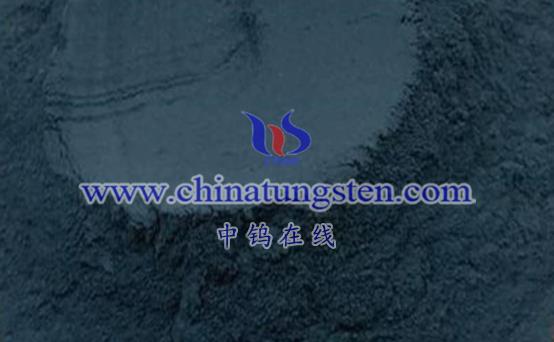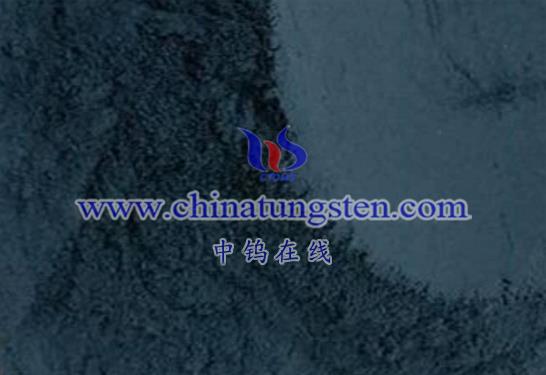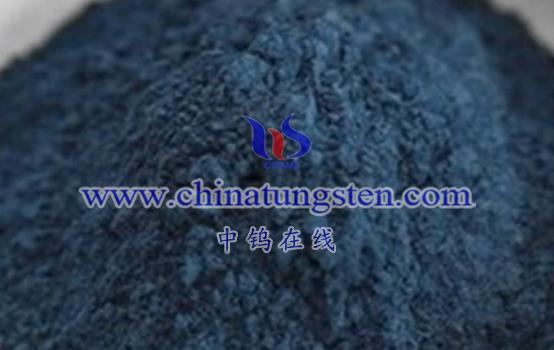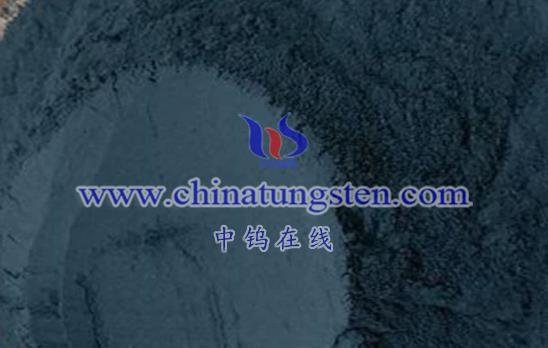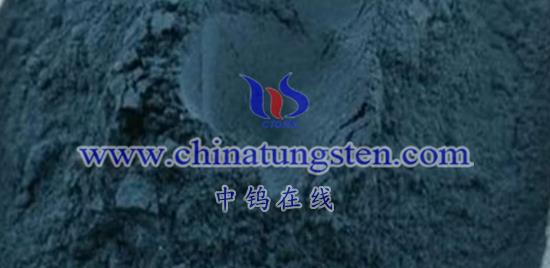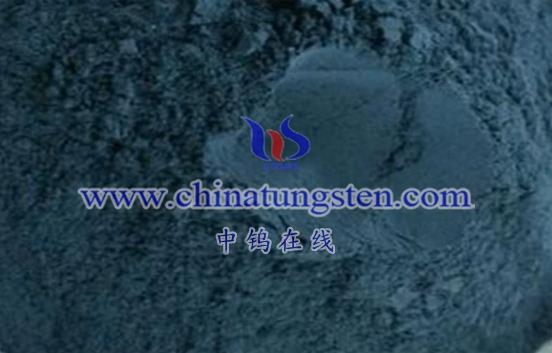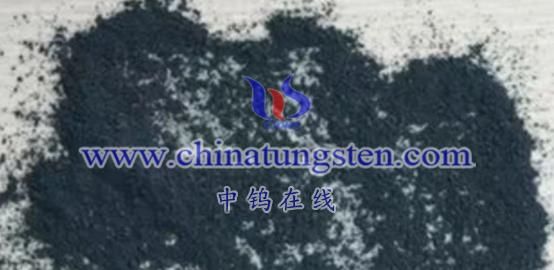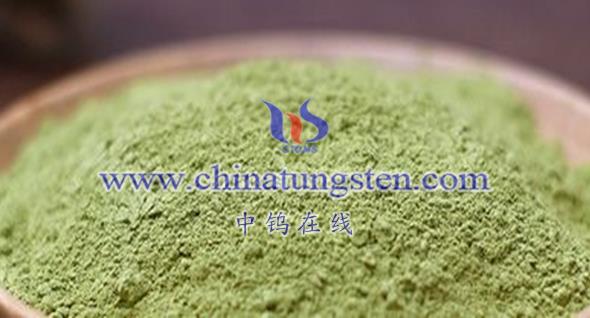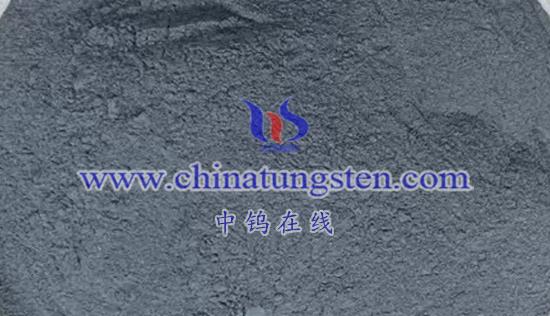
The working principle of a nano tungsten oxide (WO₃) supercapacitor is mainly based on the electrochemical properties of the nano tungsten oxide material and the fundamental energy storage mechanisms of supercapacitors. Below is a detailed explanation of its working principle:
Properties of Nano Tungsten Oxide
Nano tungsten oxide, as an electrode material for supercapacitors, exhibits notable characteristics, including high surface area, high surface activity, and excellent conductivity. These properties allow it to respond rapidly to changes in the electric field during charge and discharge processes, improving charge storage and transfer efficiency.
Basic Energy Storage Mechanisms of Supercapacitors
Supercapacitors store energy through two main mechanisms:
- Electrical Double-Layer Capacitance (EDLC)
- Faradaic Pseudocapacitance
Nano tungsten oxide supercapacitors mainly rely on the Faradaic Pseudocapacitance mechanism, though some energy storage may also occur through the electrical double-layer mechanism.
- Electrical Double-Layer Capacitance (EDLC)
In EDLCs, energy is stored by the electrostatic attraction between ions in the electrolyte and the charged surface of the electrode. This forms a double layer at the interface between the electrode and the electrolyte.
However, in nano tungsten oxide supercapacitors, this mechanism plays a lesser role as the surface properties of nano tungsten oxide are more conducive to Faradaic redox reactions.
- Faradaic Pseudocapacitance
In Faradaic pseudocapacitance, charge storage occurs through reversible oxidation-reduction (redox) reactions at the electrode’s surface or within its bulk. In nano tungsten oxide supercapacitors, this mechanism dominates.
- During charging, ions from the electrolyte (such as H⁺ or OH⁻) are adsorbed onto the surface or intercalated into the structure of the nano tungsten oxide material. These ions then participate in a redox reaction with the electrons in the material, allowing charge storage.
- During discharging, the ions return to the electrolyte, releasing the stored charge, and creating a flow of current to power an external circuit.
Specific Working Principle of Nano Tungsten Oxide Supercapacitors
Charging Process:
- Under the influence of an external electric field, ions from the electrolyte migrate toward the surface of the nano tungsten oxide electrodes.
- These ions undergo a redox reaction with the tungsten oxide material, which creates Faradaic pseudocapacitance.
- A smaller portion of ions may also form a double layer at the electrode-electrolyte interface, contributing to charge storage.
Discharging Process:
- When the electric field is removed, the ions stored in the tungsten oxide material return to the electrolyte.
- The stored charge is released as current, which can be used to power external devices.
Key Advantages of the Working Mechanism
- Fast charge/discharge cycles: Due to the high surface activity and nanostructure of tungsten oxide, the device can quickly respond to changes in the electric field.
- High energy and power density: The Faradaic redox reactions allow for higher energy storage capacity compared to traditional capacitors.
- Long cycle life: The ability to undergo multiple charge/discharge cycles with minimal degradation makes it suitable for long-term applications.
In summary, nano tungsten oxide supercapacitors primarily work through Faradaic pseudocapacitance, where reversible redox reactions involving electrolyte ions at the electrode surface or within the material provide fast, efficient energy storage and release. This mechanism gives these supercapacitors their high performance in terms of power density, energy storage, and long cycle life.
More details of tungsten oxide product, please visit website: tungsten-oxide.com
Please contact CHINATUNGSTEN for inquiry and order of tungsten oxide:
Email: sales@chinatungsten.com
Tel.: 86 592 5129595
